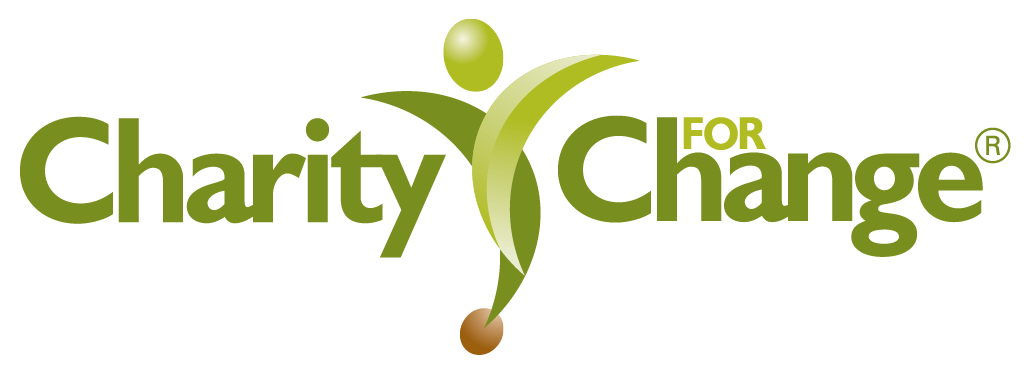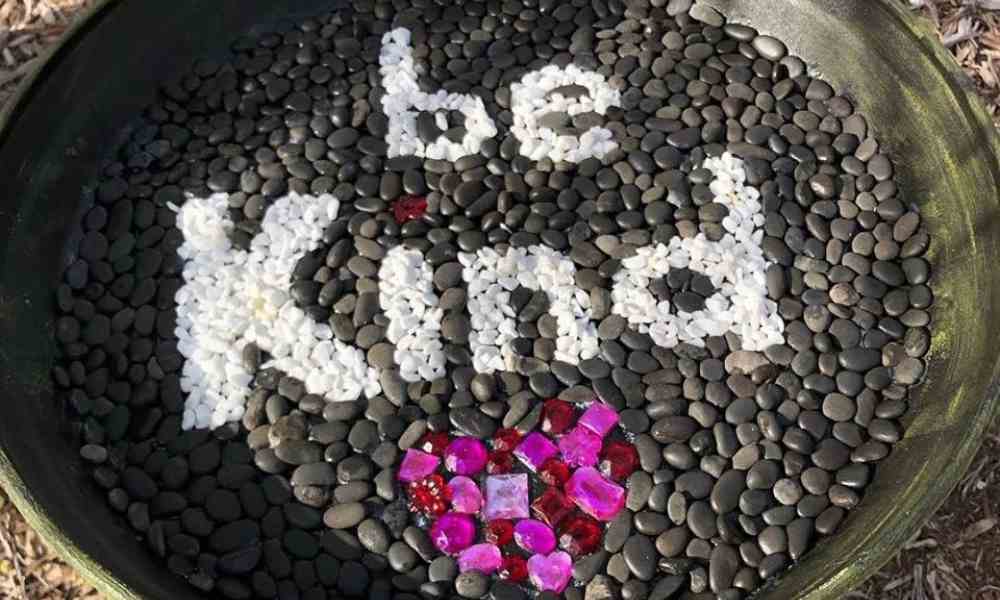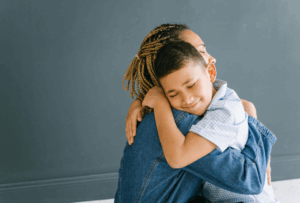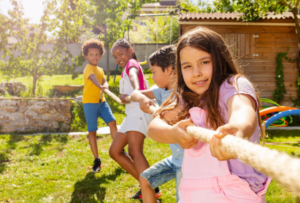Kindness for kids is about more than learning to be polite—it’s about developing empathy, emotional intelligence, and the foundation for positive relationships. Teaching students to be kind enables them to understand the impact they have on others and is a powerful tool to prevent bullying (StopBullying.gov Education Board, 2021). In this article, we explore the benefits of kindness and share four activities to inspire it in students.
Kindness Activities for Kids
Kindness Rocks
This activity involves students painting rocks and writing short, encouraging messages on them. Once the rocks are ready, students can take them home and, together with their families, find a place to leave their rock for a stranger to find. This exercise teaches students that small acts of kindness can brighten someone’s day.
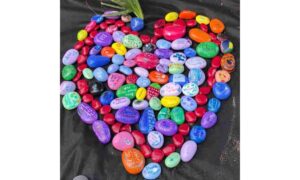
A variation of this activity has students create bookmarks with uplifting messages and drawings. Afterward, they leave their bookmarks in books at their school or public library for future readers to find. This activity encourages students to think of ways to make others smile in unexpected moments!
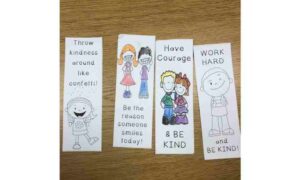
Kindness Resolutions
At the start of a school term or the New Year, have students make “kindness resolutions.” These are promises to themselves to act in kind ways, whether it’s helping friends, sharing toys, or giving hugs. Post the resolution on the classroom door or a board and revisit them periodically. Ask them to discuss how they’re doing with their resolutions and share their experiences. These discussions remind students of their goals and motivate them to keep spreading kindness.
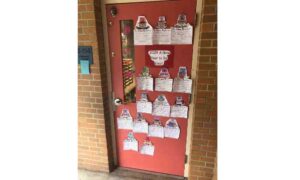
Kindness Cards
Regularly set aside time for students to make “kindness cards” with uplifting messages or drawings to give to family members, friends, or strangers who are unwell. The act of creating and delivering these cards encourages empathy and compassion.
Kindness for Kids and Community Service
When students engage in community service projects like cleaning up a park or visiting a nursing home, they see firsthand that they can make a difference. Students of all ages experience the joy of giving back and the value of contributing to their community.
What Happens When Children Develop Kindness
Kindness is more than just a positive trait. Kindness has lasting benefits on students’ overall well-being. Studies show that students who practice kindness are more likely to develop strong social connections, experience less anxiety and have better mental health overall. According to research published in the Journal of Social and Personal Relationships, when adolescents perform acts of kindness, it increases the well-being of the giver and the receiver. Developing kindness also leads to greater long-term happiness and life satisfaction.
Kindness promotes the development of empathy, a skill that helps students understand others’ perspectives and emotions. This skill, in turn, leads to better conflict resolution, more meaningful relationships, and better cooperation in social and academic settings. A study by Harvard University’s Making Caring Common Project shows that children encouraged to practice kindness are more likely to thrive in relationships and emotionally in adulthood.
Be creative when developing activities to encourage kindness for kids! Watch for opportunities that have special meaning for your students. Remember, helping students develop kindness shapes a more compassionate world, one small act at a time.
Want to learn more about character and teaching kindness?
Charity for Change is an engaging curriculum that integrates character education, service learning, math and language arts.
Are you looking for a powerful curriculum that fits these needs?
- Easy to implement
- Meets life skill competencies
- Rigorous, flexible, evidence-based content
- Online testing & reporting
Request More Information about the Charity for Change Program today!

Karen Conley
CEO and Founder of Charity for Change
Cotney, J. L., & Banerjee, R. (2019). Adolescents’ conceptualizations of kindness. Journal of Social and Personal Relationships, 36(2), 599-617.
StopBullying.gov Education Board, 2021. Being Kind Helps Prevent Bullying. StopBullying.gov.
Making Caring Common Project (2024). How to Build Empathy and Strengthen Your School Community. Harvard Graduate School of Education Online.
